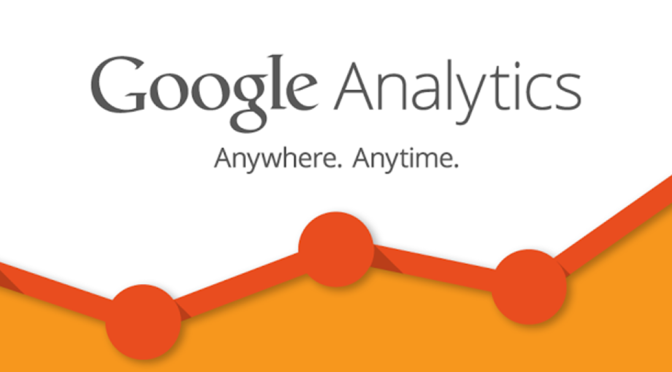You don’t need to shell out the big bucks for a great web analytics tool! Google Analytics is free, useful, and relatively easy to get the hang of. Here’s a simple breakdown of how to track user engagement and understand the statistics of Google Analytics.
1. Audience Engagement
The engagement section of Google Analytics shows how long visitors stay on your site. “Visit Duration” is broken down into categories of 0-10 seconds, 11-30 seconds, 31-60 seconds, 61-180 seconds, and so on. The thing to remember here, especially if you have a blog, is that Google puts users who only view a single page into the 0-10 second category. Therefore, the 0-10 second category will be where most of a blog’s activity will be. It doesn’t matter how long they’re actually on the page – a single page view counts in the 0-10 category. Google only measures engagement when a user views multiple pages.
2. Frequency and Recency
The Frequency and Recency section of Google Analytics shows how often users visit your site. The chart shows the percentage of users that visited X amount of times over a monthly period. Here, you can see how many people visit your site only once or frequently over a period of time. Using this section, you can monitor how many people only visit your site once and adjust your content to improve that figure.
3. Sources of Traffic
If you look at the Traffic section, you can see all the different sources of traffic that bring people to your site. Here, you can measure which channels of traffic are most effective and which are minimally effective, so you know which areas to encourage and ramp up action in. It also shows you each channel’s time per visit and average pages per visit, giving you more information to work with.
4. Bounce rate
The bounce rate is the number of people who visit a single page on your site and leave. When someone leaves without moving to any other pages, they’re “bouncing” from your site. Use the bounce rate in conjunction with average time per visit and average pages per visit to get a better sense of where your strong areas are and which content is most effective. If you have a high bounce rate, try to encourage people to stay on your site by providing interesting and relevant links at the end of your posts.
Again, if you have a blog, your average pages per visit may be low and your bounce rate may be high because your users are reading a post and leaving. Monitor the bounce rate for first-timers closely. Your regular readers’ bounce rate isn’t bad because they’re regularly coming to read a post.
5. Alert system
You can set up automatic alerts to inform you of atypical statistics regarding your traffic. Automatic alerts will email you when you have a sudden swelling of visitors or an unusually low number of hits. You set up all sorts of custom alerts to steadfastly keep you in the loop.
Regarding highs and lows in your traffic, you can annotate the charts that Google shows you. This is useful for when you’re reviewing traffic at the year’s end – you might have naturally forgotten why there was extremely low traffic one week in May, but the annotation that you made back then will remind you that it was because your server crashed back then.

